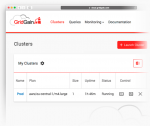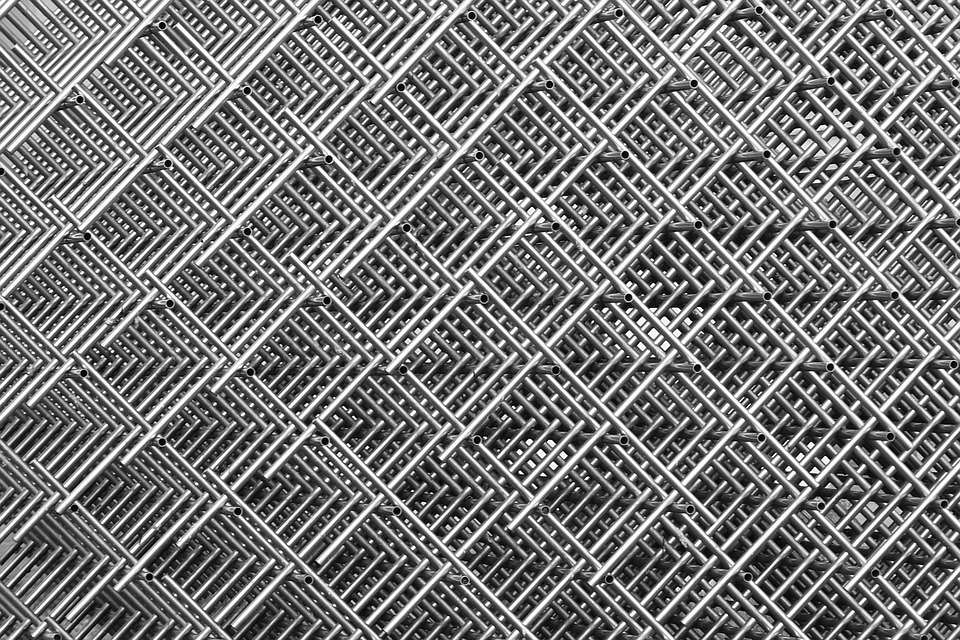GridGain Systems, provider of enterprise-grade in-memory computing platform solutions based on Apache® Ignite™, today announced GridGain 8.1. The solution expands the bounds of in-memory computing with a new memory-centric architecture, which leverages ongoing advancements in memory and storage technologies to provide distributed in-memory computing performance with the cost and durability of disk storage. GridGain 8.1 extends the unique SQL capabilities of the GridGain platform, with expanded SQL Data Definition Language (DDL) capabilities added to its existing DML and ACID transaction support. The new release provides optimal performance on hybrid memory/disk infrastructures using a new Persistent Store feature. For organizations using Persistent Store in production, the new GridGain Ultimate Edition includes a cluster snapshot backup feature, which is highly recommended when utilizing the memory-centric architecture in mission-critical environments.
Data Definition Language
DDL support was announced in the previous version of GridGain, including the ability to create and drop SQL indexes in runtime. Now users can manage caches and SQL schema with commands like CREATE and DROP table. This provides the ability to connect to GridGain using JDBC or ODBC drivers and fully configure the cluster using those well-known DDL statements. This eliminates the need to deal with Spring XML, Java or .NET-specific configuration options for the cluster. Instead, users can now communicate with the ANSI SQL-99 compliant GridGain platform using standard DDL and DML commands.
Persistent Store
Persistent Store is a distributed ACID and ANSI-99 SQL-compliant disk store available in Apache Ignite that transparently integrates with GridGain as an optional disk layer (which may be deployed on spinning disks, solid state drives (SSDs), Flash, 3D XPoint and other storage-class memory technologies). Persistent Store keeps the full dataset on disk while putting only user-defined, time-sensitive data in memory. With Persistent Store enabled, users are no longer required to keep all active data in memory or warm up RAM following a cluster restart to utilize the system’s in-memory computing capabilities. The Persistent Store keeps the superset of data and all the SQL indexes on disk, making GridGain fully operational from disk. The combination of this new feature and the platform’s advanced SQL capabilities allows GridGain to serve as a distributed transactional SQL database, spanning both memory and disk, while continuing to support all the existing use cases. Persistent Store allows organizations to maximize their return on investment by establishing the optimal tradeoff between infrastructure costs and application performance by adjusting the amount of data they keep in-memory.
Cluster Snapshots
The new GridGain Ultimate Edition introduces a Cluster Snapshots feature. Cluster snapshots are essential for production implementations of GridGain when using Persistent Store. Cluster snapshots allow users to create both full and incremental snapshots, which can be used as restore points for later recovery or as a source of reference data in staging and test environments. GridGain Web Console and the Snapshot Command Line Tool can be used to schedule full and incremental snapshots according to user business requirements.
.NET Peer-Class Loading
For several GridGain versions, the GridGain peer-class loading feature has supported Java. This eliminated the need to manually deploy Java or Scala code on each node in the cluster and re-deploy it each time it changes. The required classes are preloaded or removed whenever needed. With GridGain 8.1, .NET developers can now benefit from the same capability. A .NET assembly can be automatically preloaded to an already running .NET cluster node if an implementation of a distributed computation task is missing locally. The unloading is also handled automatically.
C++ for Design and Development
Developers can now design and develop GridGain Compute Grid tasks using C++ and send the tasks for execution to a GridGain cluster. Ignite.C++ automatically serializes, deserializes and runs the computations.
“GridGain 8.1 is a mature, next-generation in-memory computing platform that can be used cost-effectively as an in-memory data grid with existing RDBMS, NoSQL or Apache® Hadoop® databases, or it can function as a standalone distributed, transactional SQL database by leveraging the new Persistent Store feature,” said Abe Kleinfeld, President and CEO of GridGain Systems. “The expanded SQL DDL makes GridGain easier to work with using standard SQL commands, and the addition of Persistent Store and Cluster Snapshots means it can be used for a broader range of production applications, allowing each organization to set the right balance between operating costs and application performance by adjusting the amount of data kept in-memory. The expanded .NET and enhanced C++ capabilities allow development teams to work with GridGain using the skills they already possess. In short, the next-generation GridGain 8.1 platform now allows organizations to put a memory-centric computing platform at the strategic core of its data infrastructure.”





